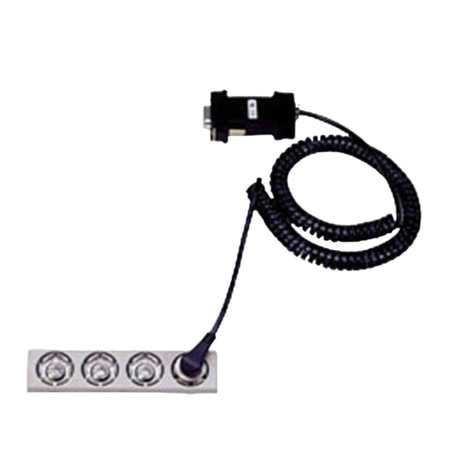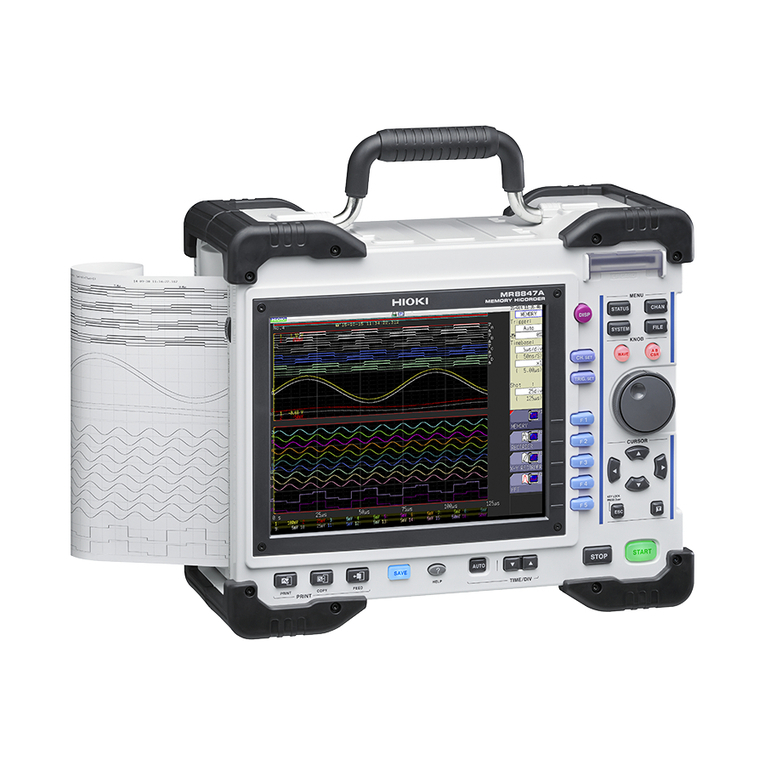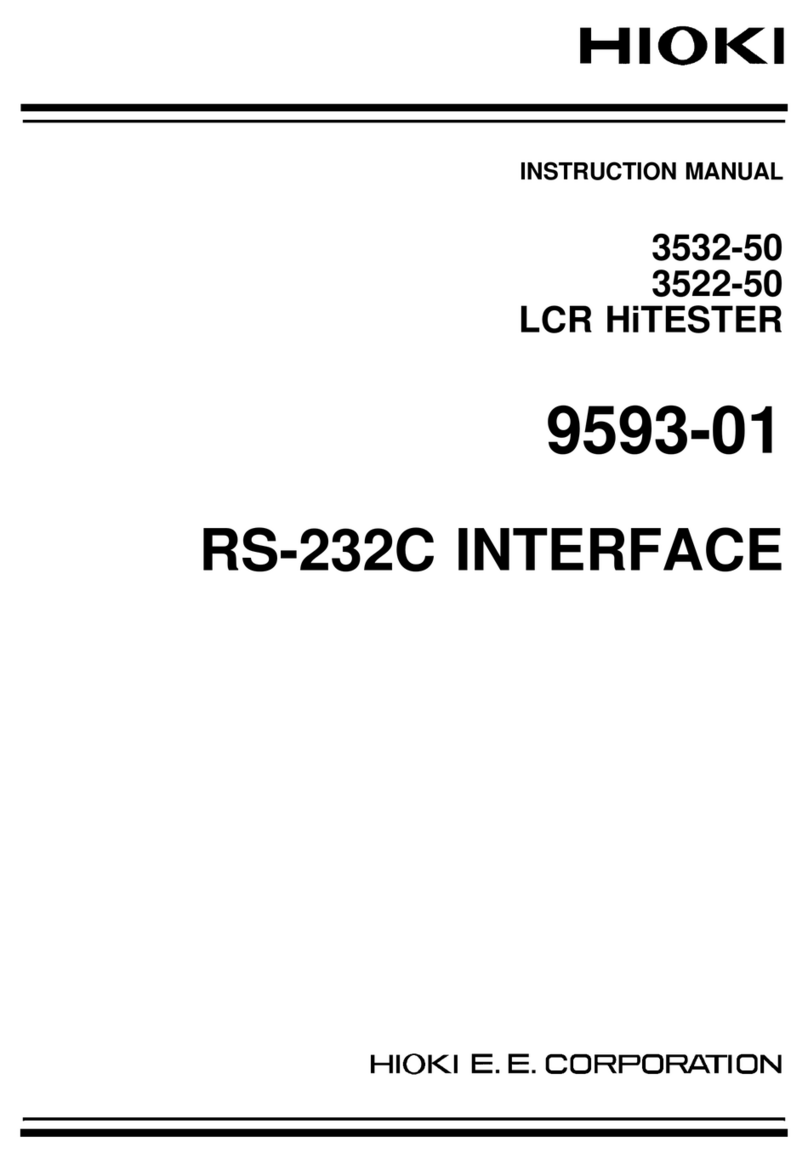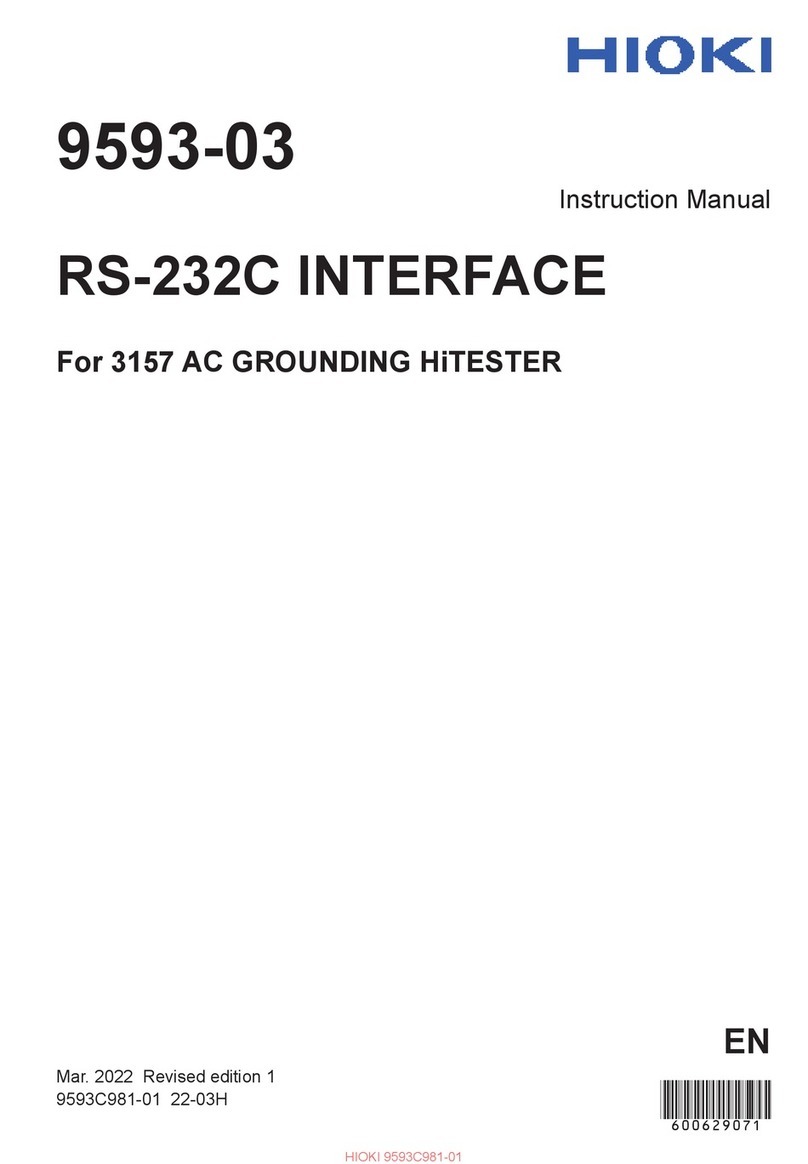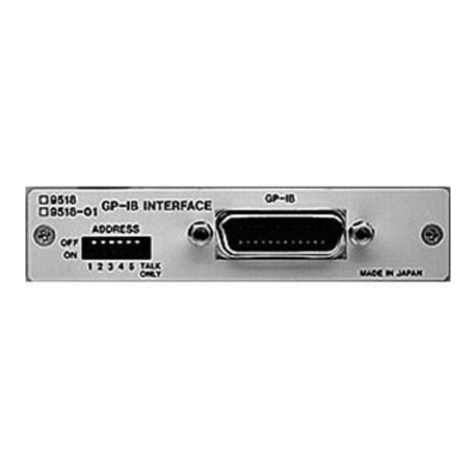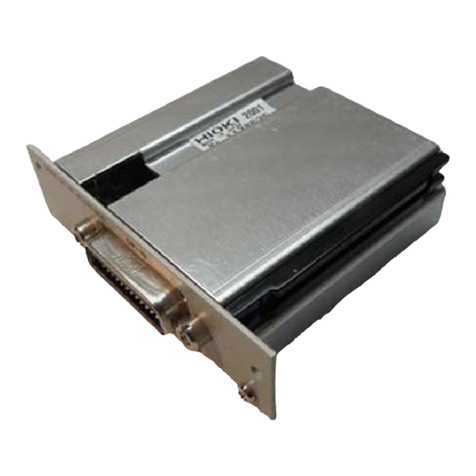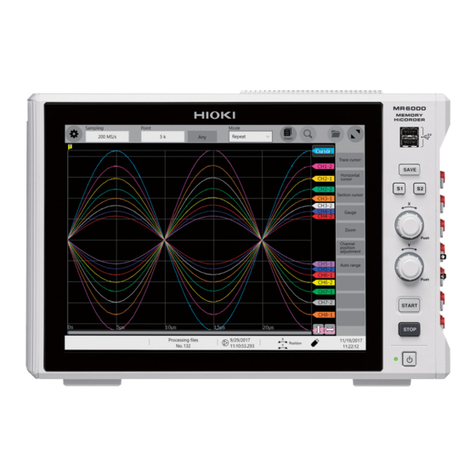
vi
_____________________________________________________________________
Notes on Use
______________________________________________________________
CAUTION This instrument is designed for indoor use, and operates
reliably from 5 to 40℃.
Do not store or use the instrument where it could be
exposed to direct sunlight, high temperature or humidity, or
condensation. Under such conditions, the instrument may
be damaged and insulation may deteriorate so that it no
longer meets specifications.
This instrument is not designed to be entirely water- or
dust-proof. To avoid damage, do not use it in a wet or
dusty environment.
To operate from DC power, pay careful attention to polarity
when making power connections, and set the power source
switch to the DC position ( ) before use. Also, before
changing the power source, unplug the ( ) power cord
from the outlet to prevent hazards, and remove the
connection cord from any object under test.
Avoid stepping on or pinching the cable, which could
damage the cable insulation.
Keep the cables well away from heat sources, as bare
conductors could be exposed if the insulation melts.
To prevent an electric shock accident, confirm that the
white or red portion (insulation layer) inside the cable is not
exposed. If a color inside the cable is exposed, do not use
the cable.
Be careful to avoid dropping the clamps or otherwise
subjecting them to mechanical shock, which could damage
the mating surfaces of the core and adversely affect
measurement.
Keep the clamp jaws and core slits free from foreign
objects, which could interfere with clamping action.
For shipping or long-term storage, be certain that the
recording head is in the raised position. Otherwise the
rollers could be deformed and cause uneven printing.
